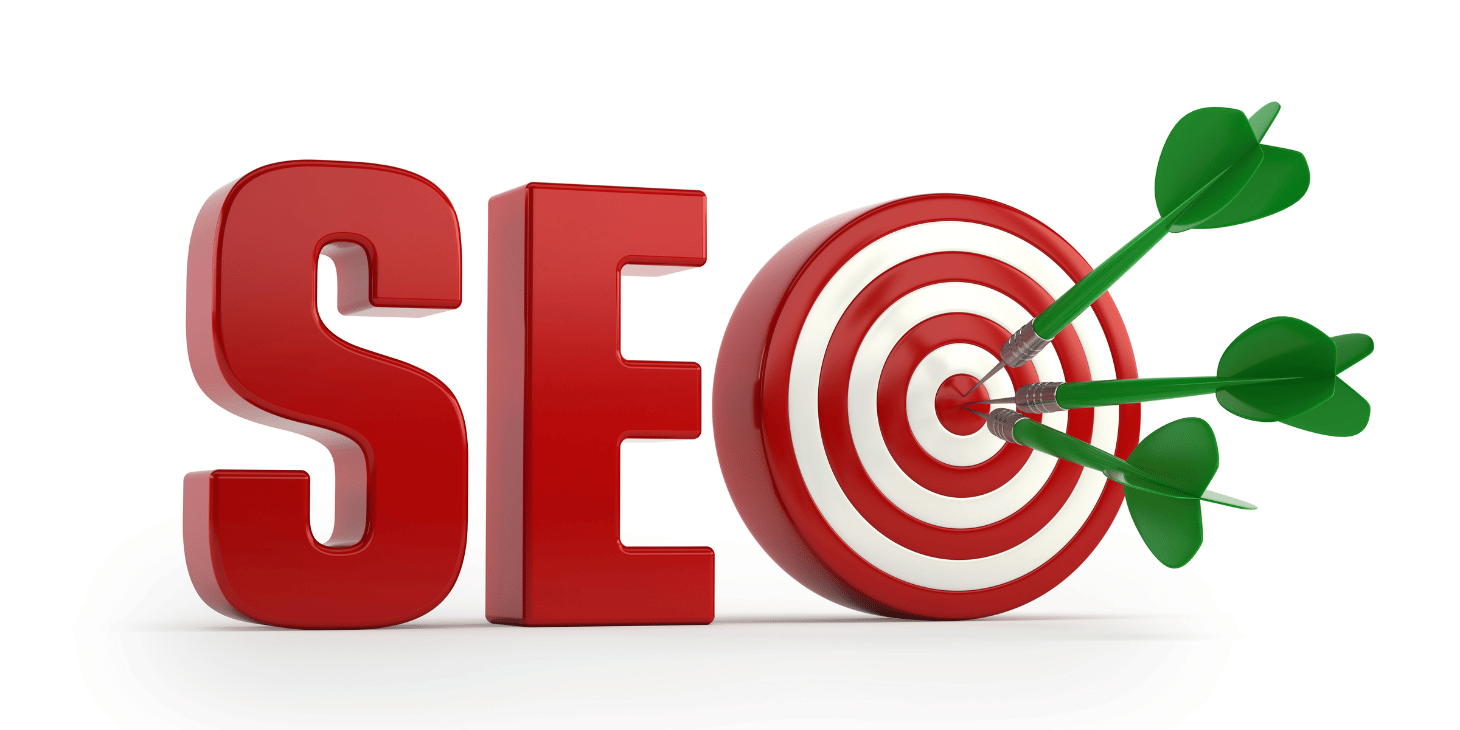In the fast-growing environment of the digital marketing systems, Google Ads becomes an invaluable tool that allows businesses to succeed in finding the target audience. Among the various parameters that measure the effectiveness of your advertising campaign in Google AdWords, the interaction rate is one of them. In this article, let’s look at the factors that determine an interaction rate, ways of understanding the rate, and ways of improving the rate.
What is Interaction Rate?
In order to demystify what is meant by interaction rate, it is necessary to begin by defining the term itself. Click through rate or CTR is a measure that describes the level of the users’ engagement with an advertiser. This engagement can be expressed as the number of clicks, created concerns, conversions, or any action regarding the users of the site.
Calculating Interaction Rate
The formula used in determining the interaction rate for companies through Google AdWords is rather simple and straightforward.
This can be defined as the number of interactions divided by the number of impressions and then multiplied by 100 so the Interaction rate = Number of interaction / Number of impressions × 100
Number of Interactions: Specific events that refer to any activity as defined by the user such as a click through or a fill out of a form or a purchase made out of the particular ad placed up.
Number of Impressions: This is the total number of times where your ad has been put out in front of the consumers and whoever has seen it whether by clicking it or not.
This rate can be used by the advertisers to estimate the effectiveness of advertisements they intend to air or are already airing to the particular audience.
What Constitutes a Good Interaction Rate?
So, you can’t say that the “good” interaction rate is a certain number because it depends on the business, the organization’s goals, and the product or service they are marketing. Therefore, we can only list some standards and rules that should be followed when making a business plan.
Industry Benchmarks
There may be significant variation in terms of interaction rates depending on the industry. For instance, web and computer utilization probably get more analytic replies than the industrial equipment market. Thus, data from the corporate world indicate that an average interaction rate of all the sectors within and across an organization may lie between 1% and 3%.
This is a brief overview of what is generally taken to be a good interaction rate across certain segments of the economy:
– E-commerce: 2-5%
– Finance: 1-2%
– Healthcare: 1-3%
– Travel: 2-4%
– B2B Services: 0.5-2%
Factors Influencing Interaction Rates
The following presents the factors that determine the interaction rates of ones Google Ads Campaign:
Ad Relevance: Ads that are catchy and centred on the target audience needs would be more effective in provoking more feedback.
Audience: Knowing your audience is very important for achieving high click-through rates and thus you need to ensure that the content of the advertisement is appealing to the targeted audience.
Location of Advertising: Highly noticed ads are placed at the top of results or on selected relevant websites.
Ad Homogeneity: There are different forms of advertisements and each of them has different chances with regards to the interaction rates one can expect.
How to Interpret Interaction Rate
To be able to interpret your interaction rate it is more than a mere comparison with industry average rate. It would seem that it is necessary to proceed to the analysis of the rate’s context.
Assessing Campaign Goals
Think of what your intended goals of the campaign are. In a situation where the target of the advertisement campaign is brand recall then a relatively low click through rate could be acceptable especially if the ads are effectively visible to a large group of consumers. On the other hand, interaction rate is preferred higher for campaigns with direct calls for action and tangible conversions.
Analyzing Trends Over Time
Interactions and their rates tend to vary and one cannot judge the interaction rates on the basis of its single instance. Check past activities to determine if there is improvement or deterioration of your campaign over time or even week to week. To describe the standards for judging the success of optimization, we can say that steady rises in interaction rates are one of the most important things to look at.
Comparing with Competitors
Comparing the interaction rates with the benchmarks give a general impression, but the competitor comparison is more relevant in this case. Choose tools and platforms that would enable one to compare with other businesses in the same industry as yours.
Strategies to Enhance Interaction Rate
Optimize Ad Content
Ensure the usage of actionable words, emphasize on the value proposition, and understand what the audience currently has to suffer. The content presented in the advertisement can be changed during the experiment, and through the A/B testing procedure the best one will be selected.
Improve Targeting
Harness the use of the demographic, geographic, and behavioral targeting to market within the right section of the desired customer base. Other variables that can improve the interaction rates include custom audiences and remarketing techniques.
Utilize Responsive Ads
Responsive Search Ads (RSAs) of Google Ads mean that you can provide several headlines and descriptions of the ad and let Google choose the best option.
Enhance Landing Pages
If your landing page is weak, it imposes a strong effect on the interaction rates of users on the site. Your landing pages must be optimized for conversion, quick to load and allow easy transition from the advertisement to the webpage.
Experiment with Ad Formats
There is a possibility of getting a high or low level of interaction between advertisements and the target audience depending on the chosen format of the advertisements. Make sure to experiment with display, video and shopping ads in order to determine what formats give the best result.






